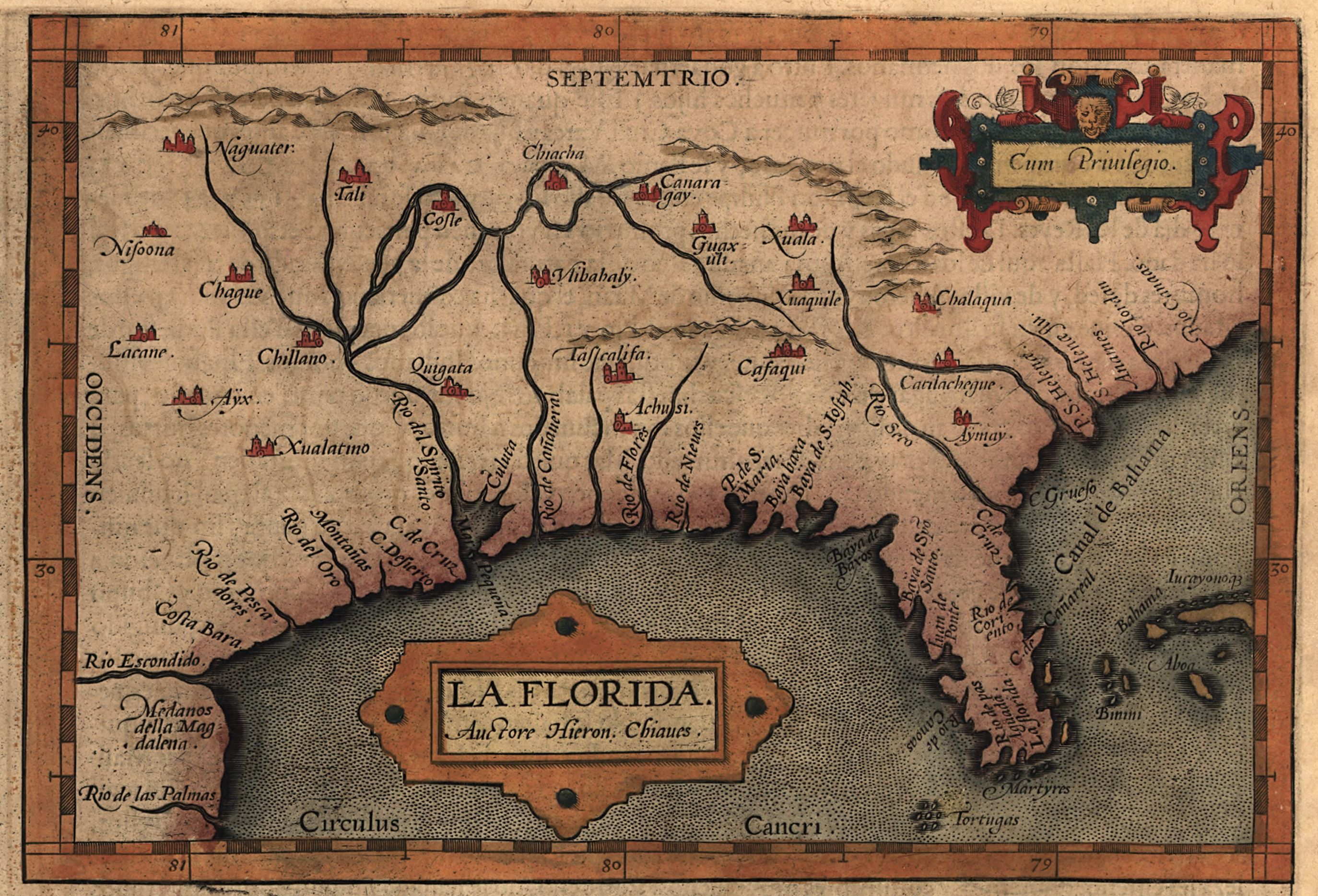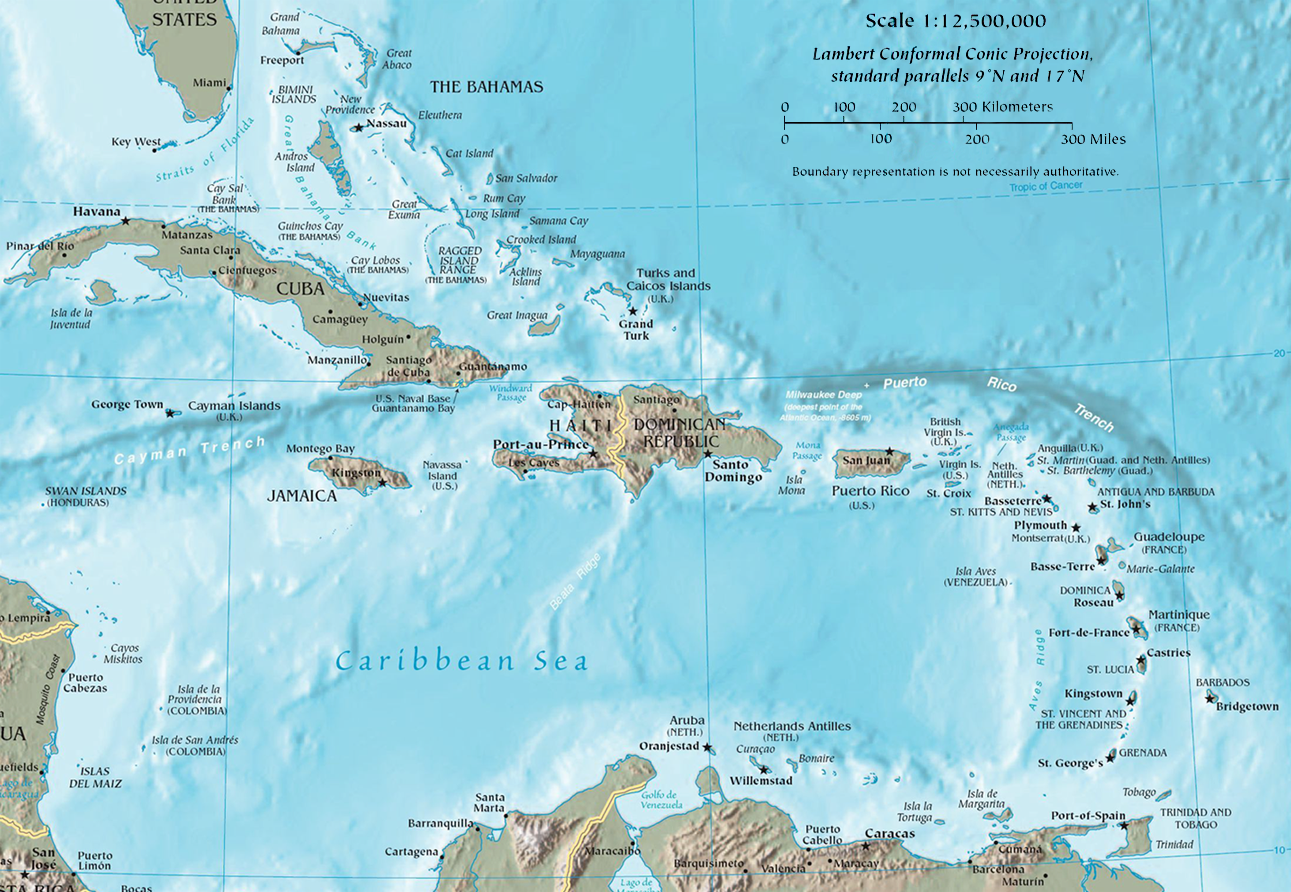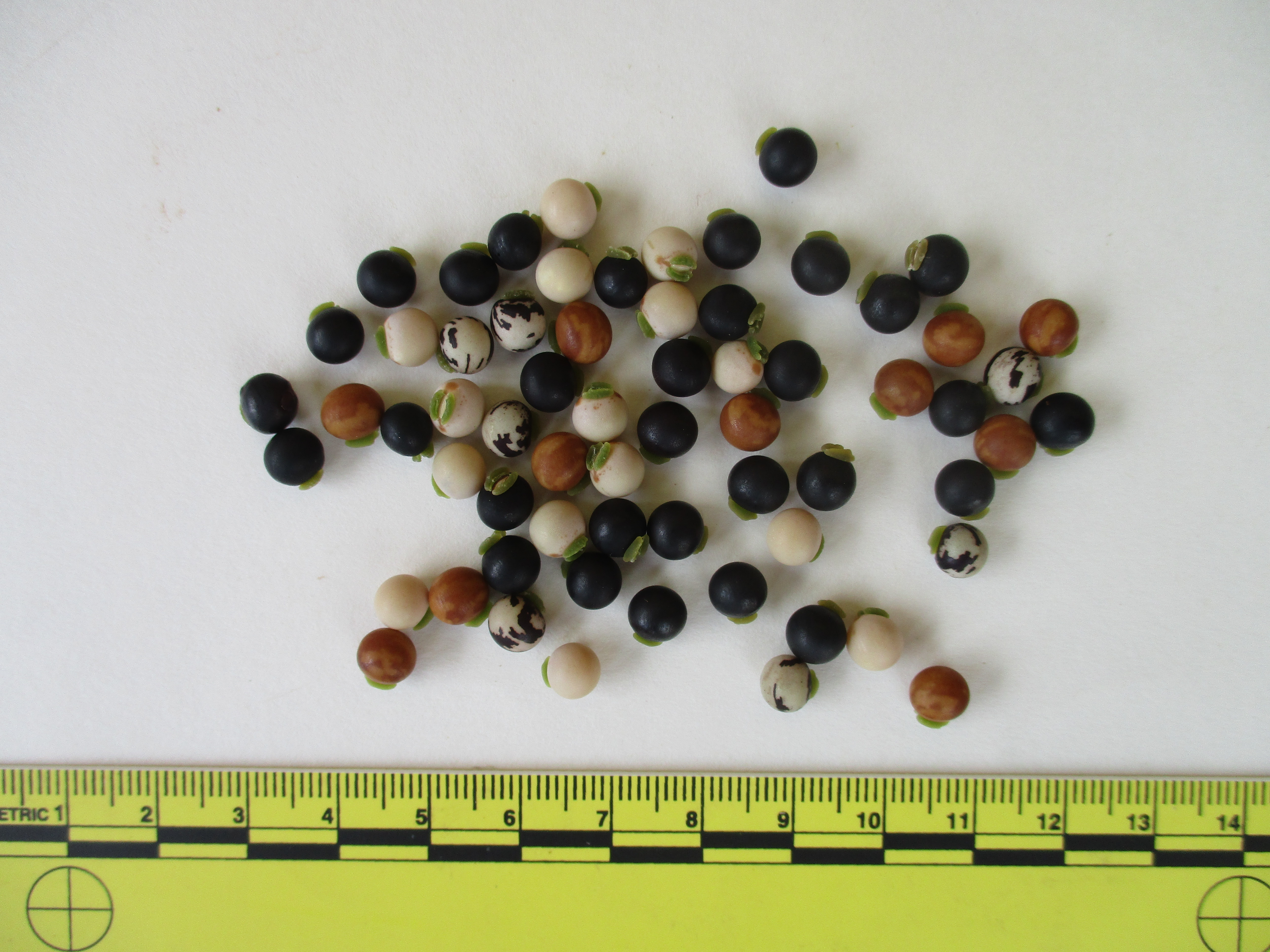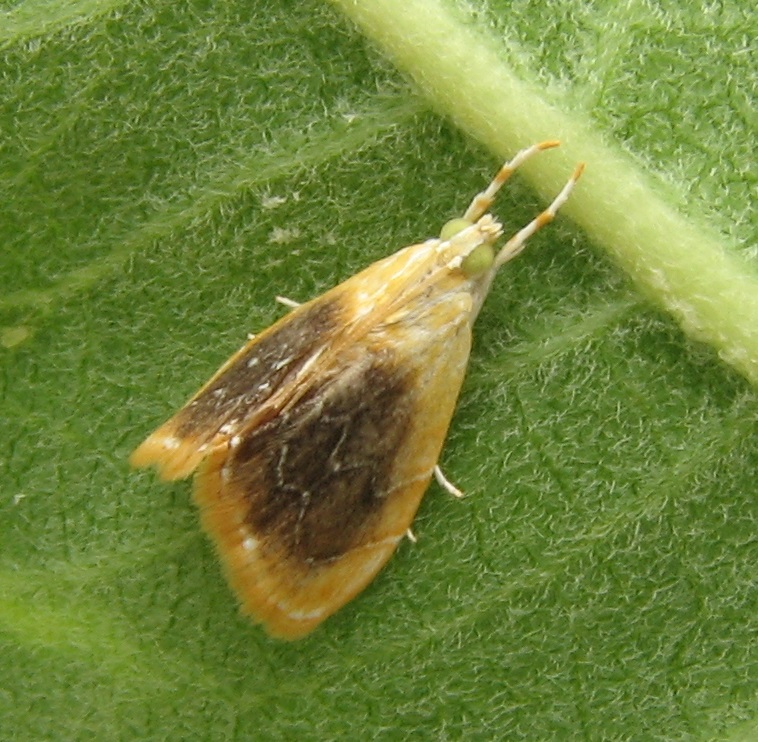|
Dicymolomia Metalophota
''Dicymolomia metalophota'' is a moth in the family Crambidae. It was described by George Hampson in 1897. It is found in the south-eastern United States (Florida, South Carolina, Texas) and Guatemala south-east to Venezuela. It is also present in the Caribbean. The apical and tornal areas of the forewings are brownish-orange, as is the antemedial line. Adults have been recorded on wing year round. The larvae possibly feed on ''Cajanus cajan The pigeon pea (''Cajanus cajan'') is a perennial legume from the family Fabaceae native to the Old World. The pigeon pea is widely cultivated in tropical and semitropical regions around the world, being commonly consumed in South Asia, Southeast ...''. References Glaphyriinae Moths described in 1897 Taxa named by George Hampson {{Glaphyriinae-stub ... [...More Info...] [...Related Items...] OR: [Wikipedia] [Google] [Baidu] |
George Hampson
Sir George Francis Hampson, 10th Baronet (14 January 1860 – 15 October 1936) was an English entomologist. Hampson studied at Charterhouse School and Exeter College, Oxford. He travelled to India to become a tea-planter in the Nilgiri Hills of the Madras presidency (now Tamil Nadu Tamil Nadu (; , TN) is a state in southern India. It is the tenth largest Indian state by area and the sixth largest by population. Its capital and largest city is Chennai. Tamil Nadu is the home of the Tamil people, whose Tamil languag ...), where he became interested in moths and butterflies. When he returned to England he became a voluntary worker at the Natural History Museum, where he wrote ''The Lepidoptera of the Nilgiri District'' (1891) and ''The Lepidoptera Heterocera of Ceylon'' (1893) as parts 8 and 9 of ''Illustrations of Typical Specimens of Lepidoptera Heterocera of the British Museum''. He then commenced work on '' The Fauna of British India, Including Ceylon and Burma: ... [...More Info...] [...Related Items...] OR: [Wikipedia] [Google] [Baidu] |
Moth
Moths are a paraphyletic group of insects that includes all members of the order Lepidoptera that are not butterflies, with moths making up the vast majority of the order. There are thought to be approximately 160,000 species of moth, many of which have yet to be described. Most species of moth are nocturnal, but there are also crepuscular and diurnal species. Differences between butterflies and moths While the butterflies form a monophyletic group, the moths, comprising the rest of the Lepidoptera, do not. Many attempts have been made to group the superfamilies of the Lepidoptera into natural groups, most of which fail because one of the two groups is not monophyletic: Microlepidoptera and Macrolepidoptera, Heterocera and Rhopalocera, Jugatae and Frenatae, Monotrysia and Ditrysia.Scoble, MJ 1995. The Lepidoptera: Form, function and diversity. Oxford, UK: Oxford University Press; 404 p. Although the rules for distinguishing moths from butterflies are not well est ... [...More Info...] [...Related Items...] OR: [Wikipedia] [Google] [Baidu] |
Crambidae
The Crambidae are the grass moth family of lepidopterans. They are variable in appearance, the nominal subfamily Crambinae (grass moths) taking up closely folded postures on grass stems where they are inconspicuous, while other subfamilies include brightly coloured and patterned insects which rest in wing-spread attitudes. In many classifications, the Crambidae have been treated as a subfamily of the Pyralidae or snout-moths. The principal difference is a structure in the tympanal organs called the praecinctorium, which joins two tympanic membranes in the Crambidae, and is absent from the Pyralidae. The latest review by Munroe and Solis, in Kristensen (1999), retains the Crambidae as a full family. The family currently comprises 15 subfamilies with altogether 10,347 species in over 1,000 genera. Systematics *subfamilia incertae sedis **''Conotalis'' Hampson, 1919 **''Exsilirarcha'' Salmon & Bradley, 1956 *Subfamily Acentropinae Stephens, 1836 *Subfamily Crambinae Latreill ... [...More Info...] [...Related Items...] OR: [Wikipedia] [Google] [Baidu] |
Florida
Florida is a state located in the Southeastern region of the United States. Florida is bordered to the west by the Gulf of Mexico, to the northwest by Alabama, to the north by Georgia, to the east by the Bahamas and Atlantic Ocean, and to the south by the Straits of Florida and Cuba; it is the only state that borders both the Gulf of Mexico and the Atlantic Ocean. Spanning , Florida ranks 22nd in area among the 50 states, and with a population of over 21 million, it is the third-most populous. The state capital is Tallahassee, and the most populous city is Jacksonville. The Miami metropolitan area, with a population of almost 6.2 million, is the most populous urban area in Florida and the ninth-most populous in the United States; other urban conurbations with over one million people are Tampa Bay, Orlando, and Jacksonville. Various Native American groups have inhabited Florida for at least 14,000 years. In 1513, Spanish explorer Juan Ponce de León became th ... [...More Info...] [...Related Items...] OR: [Wikipedia] [Google] [Baidu] |
South Carolina
)'' Animis opibusque parati'' ( for, , Latin, Prepared in mind and resources, links=no) , anthem = "Carolina";" South Carolina On My Mind" , Former = Province of South Carolina , seat = Columbia , LargestCity = Charleston , LargestMetro = Greenville (combined and metro)Columbia (urban) , BorderingStates = Georgia, North Carolina , OfficialLang = English , population_demonym = List of U.S. state residents names, South Carolinian , Governor = , Lieutenant Governor = , Legislature = South Carolina General Assembly, General Assembly , Upperhouse = South Carolina Senate, Senate , Lowerhouse = South Carolina House of Representatives, House of Representatives , Judiciary = South Carolina Supreme Court , Senators = , Representative = 6 Republicans1 Democrat , postal_code = SC , TradAbbreviation = S.C. , area_rank = 40th , area_total_sq_mi = 32,020 , area_total_km2 = 82,932 , area_land_sq_mi = 30,109 , area_land_km2 = 77,982 , area_water_sq_mi = 1,911 , area_wat ... [...More Info...] [...Related Items...] OR: [Wikipedia] [Google] [Baidu] |
Texas
Texas (, ; Spanish language, Spanish: ''Texas'', ''Tejas'') is a state in the South Central United States, South Central region of the United States. At 268,596 square miles (695,662 km2), and with more than 29.1 million residents in 2020, it is the second-largest U.S. state by both List of U.S. states and territories by area, area (after Alaska) and List of U.S. states and territories by population, population (after California). Texas shares borders with the states of Louisiana to the east, Arkansas to the northeast, Oklahoma to the north, New Mexico to the west, and the Mexico, Mexican States of Mexico, states of Chihuahua (state), Chihuahua, Coahuila, Nuevo León, and Tamaulipas to the south and southwest; and has a coastline with the Gulf of Mexico to the southeast. Houston is the List of cities in Texas by population, most populous city in Texas and the List of United States cities by population, fourth-largest in the U.S., while San Antonio is the second most pop ... [...More Info...] [...Related Items...] OR: [Wikipedia] [Google] [Baidu] |
Guatemala
Guatemala ( ; ), officially the Republic of Guatemala ( es, República de Guatemala, links=no), is a country in Central America. It is bordered to the north and west by Mexico; to the northeast by Belize and the Caribbean; to the east by Honduras; to the southeast by El Salvador and to the south by the Pacific Ocean. With an estimated population of around million, Guatemala is the most populous country in Central America and the 11th most populous country in the Americas. It is a representative democracy with its capital and largest city being Nueva Guatemala de la Asunción, also known as Guatemala City, the most populous city in Central America. The territory of modern Guatemala hosted the core of the Maya civilization, which extended across Mesoamerica. In the 16th century, most of this area was conquered by the Spanish and claimed as part of the viceroyalty of New Spain. Guatemala attained independence in 1821 from Spain and Mexico. In 1823, it became part of t ... [...More Info...] [...Related Items...] OR: [Wikipedia] [Google] [Baidu] |
Venezuela
Venezuela (; ), officially the Bolivarian Republic of Venezuela ( es, link=no, República Bolivariana de Venezuela), is a country on the northern coast of South America, consisting of a continental landmass and many islands and islets in the Caribbean Sea. It has a territorial extension of , and its population was estimated at 29 million in 2022. The capital and largest urban agglomeration is the city of Caracas. The continental territory is bordered on the north by the Caribbean Sea and the Atlantic Ocean, on the west by Colombia, Brazil on the south, Trinidad and Tobago to the north-east and on the east by Guyana. The Venezuelan government maintains a claim against Guyana to Guayana Esequiba. Venezuela is a federal presidential republic consisting of 23 states, the Capital District and federal dependencies covering Venezuela's offshore islands. Venezuela is among the most urbanized countries in Latin America; the vast majority of Venezuelans live in the cities of ... [...More Info...] [...Related Items...] OR: [Wikipedia] [Google] [Baidu] |
Caribbean
The Caribbean (, ) ( es, El Caribe; french: la Caraïbe; ht, Karayib; nl, De Caraïben) is a region of the Americas that consists of the Caribbean Sea, its islands (some surrounded by the Caribbean Sea and some bordering both the Caribbean Sea and the North Atlantic Ocean) and the surrounding coasts. The region is southeast of the Gulf of Mexico and the North American mainland, east of Central America, and north of South America. Situated largely on the Caribbean Plate, the region has more than 700 islands, islets, reefs and cays (see the list of Caribbean islands). Island arcs delineate the eastern and northern edges of the Caribbean Sea: The Greater Antilles and the Lucayan Archipelago on the north and the Lesser Antilles and the on the south and east (which includes the Leeward Antilles). They form the West Indies with the nearby Lucayan Archipelago ( the Bahamas and Turks and Caicos Islands), which are considered to be part of the Caribbean despite not borde ... [...More Info...] [...Related Items...] OR: [Wikipedia] [Google] [Baidu] |
Cajanus Cajan
The pigeon pea (''Cajanus cajan'') is a perennial legume from the family Fabaceae native to the Old World. The pigeon pea is widely cultivated in tropical and semitropical regions around the world, being commonly consumed in South Asia, Southeast Asia, Africa, Latin America and the Caribbean. Etymology and other names Scientific epithet The scientific name for the genus ''Cajanus'' and the species ''cajan'' derive from the Malay word ''katjang'' meaning legume in reference to the bean of the plant. Common English names In English they are commonly referred to as pigeon pea which originates from the historical utilization of the pulse as pigeon fodder in Barbados. The term Congo pea and Angola pea developed due to the presence of its cultivation in Africa and the association of its utilization with those of African descent. The names no-eye pea and red gram both refer to the characteristics of the seed, with no-eye pea in reference to the lack of a hilum on most varieties, ... [...More Info...] [...Related Items...] OR: [Wikipedia] [Google] [Baidu] |
Glaphyriinae
Glaphyriinae is a subfamily of the lepidopteran family Crambidae. It was described by William Trowbridge Merrifield Forbes in 1923. The subfamily currently comprises 509 species in 75 genera. The larvae of Glaphyriinae predominantly feed on plants of the order Brassicales and are able to digest the glucosinolates contained in these plants. Genera *''Abegesta'' Munroe, 1964 *''Achantodes'' Guenée, 1852 *''Aenigmodes'' Amsel, 1957 (= ''Aenigma'' Amsel, 1956) *''Aethiophysa'' Munroe, 1964 *''Agastya'' Moore, 1881 (= ''Agastia'' Moore, 1881) *''Aureopteryx'' Amsel, 1956 *''Catharia'' Lederer, 1863 *''Cereophagus'' Dyar, 1922 *'' Chalcoela'' Zeller, 1872 *''Chilomima'' Munroe, 1964 *''Chilozela'' Munroe, 1964 *''Contortipalpia'' Munroe, 1964 *'' Cosmopterosis'' Amsel, 1956 *''Dichochroma'' Forbes, 1944 *''Dicymolomia'' Zeller, 1872 (= ''Bifalculina'' Amsel, 1956) *''Eupoca'' Warren, 1891 *''Eustixia'' Hübner, 1823 (= ''Thelcteria'' Lederer, 1863, ''Thlecteria'' Dyar, 1925) *'' Ev ... [...More Info...] [...Related Items...] OR: [Wikipedia] [Google] [Baidu] |
Moths Described In 1897
Moths are a paraphyletic group of insects that includes all members of the order Lepidoptera that are not butterflies, with moths making up the vast majority of the order. There are thought to be approximately 160,000 species of moth, many of which have yet to be described. Most species of moth are nocturnal, but there are also crepuscular and diurnal species. Differences between butterflies and moths While the butterflies form a monophyletic group, the moths, comprising the rest of the Lepidoptera, do not. Many attempts have been made to group the superfamilies of the Lepidoptera into natural groups, most of which fail because one of the two groups is not monophyletic: Microlepidoptera and Macrolepidoptera, Heterocera and Rhopalocera, Jugatae and Frenatae, Monotrysia and Ditrysia.Scoble, MJ 1995. The Lepidoptera: Form, function and diversity. Oxford, UK: Oxford University Press; 404 p. Although the rules for distinguishing moths from butterflies are not well esta ... [...More Info...] [...Related Items...] OR: [Wikipedia] [Google] [Baidu] |







